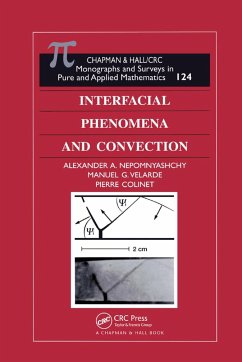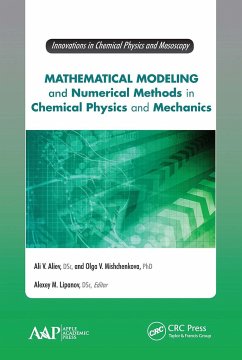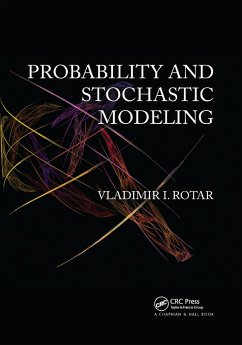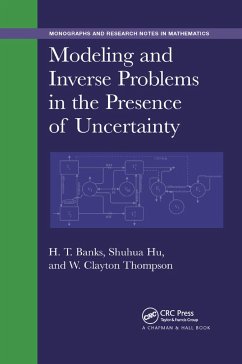
Mathematical Modeling of Diverse Phenomena
Versandkostenfrei!
Versandfertig in 1-2 Wochen
25,99 €
inkl. MwSt.

PAYBACK Punkte
13 °P sammeln!
This book is intended for those students, engineers, scientists, and applied mathematicians who find it necessary to formulate models of diverse phenomena. To facilitate the formulation of such models, some aspects of the tensor calculus will be introduced. However, no knowledge of tensors is assumed. The chief aim of this calculus is the investigation of relations that remain valid in going from one coordinate system to another. The invariance of tensor quantities with respect to coordinate transformations can be used to advantage in formulating mathematical models. As a consequence of the ge...
This book is intended for those students, engineers, scientists, and applied mathematicians who find it necessary to formulate models of diverse phenomena. To facilitate the formulation of such models, some aspects of the tensor calculus will be introduced. However, no knowledge of tensors is assumed. The chief aim of this calculus is the investigation of relations that remain valid in going from one coordinate system to another. The invariance of tensor quantities with respect to coordinate transformations can be used to advantage in formulating mathematical models. As a consequence of the geometrical simplification inherent in the tensor method, the formulation of problems in curvilinear coordinate systems can be reduced to series of routine operations involving only summation and differentiation. When conventional methods are used, the form which the equations of mathematical physics assumes depends on the coordinate system used to describe the problem being studied. This dependence, which is due to the practice of expressing vectors in terms of their physical components, can be removed by the simple expedient of expressing all vectors in terms of their tensor components.














